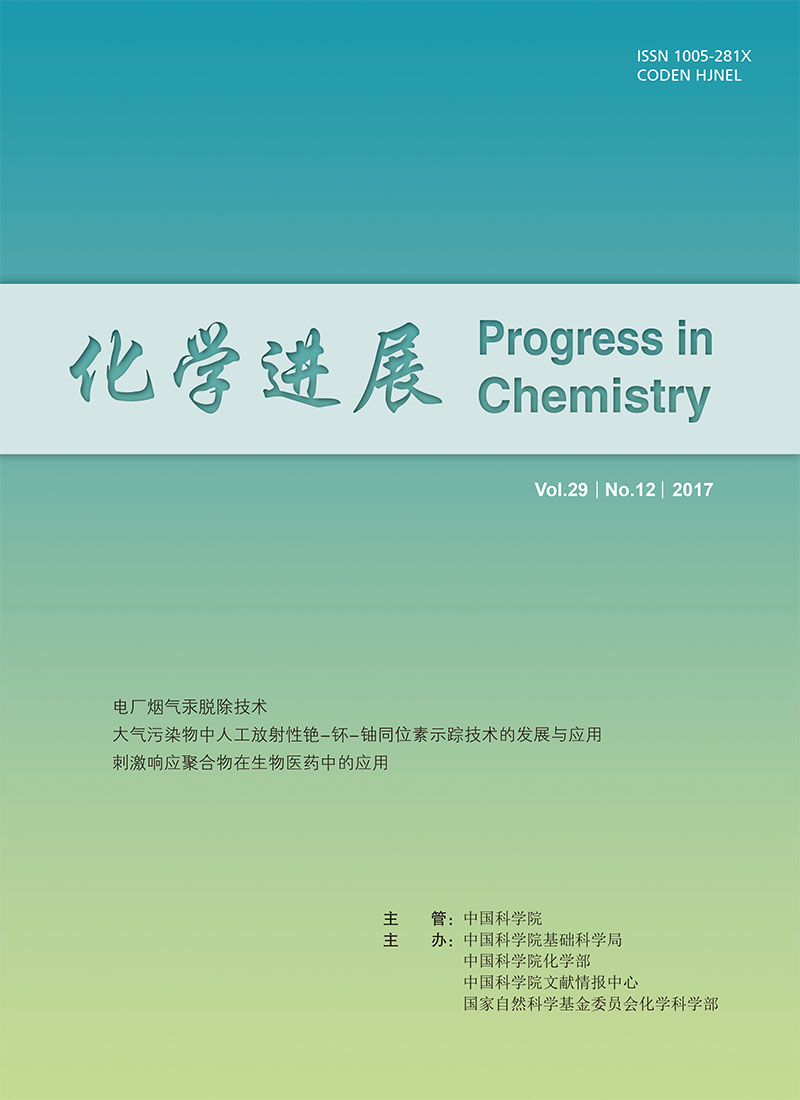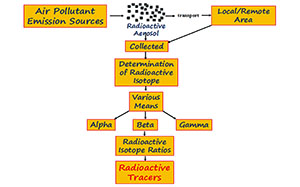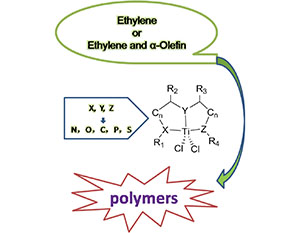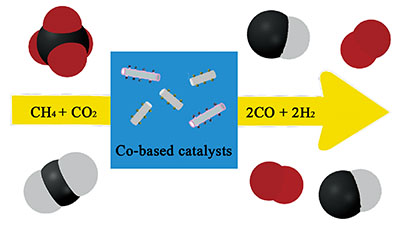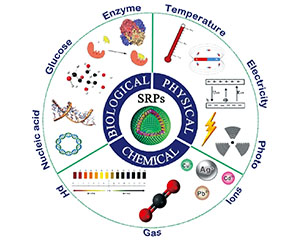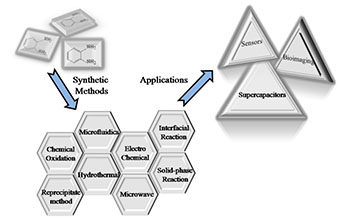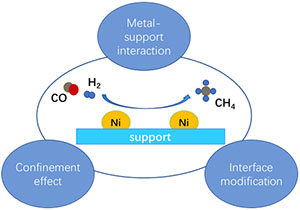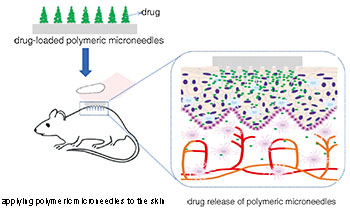Shifang Yuan, Lijing Wang, Qiuyue Zhang, Wenhua Sun. Tridentate Titanium Precatalysts Toward Olefin Polymerization[J]. Progress in Chemistry, 2017, 29(12): 1462-1470.
Abstract
Titanium-based catalysts have been not only providing major catalyses in conventionally producing massive polyolefins with low cost as well as good properties, but also advancing the properties of new polyolefins for new plastic materials. Therefore it has been a core consideration of finely tuning the structures of titanium complexes and enhancing catalytic performances of the olefin polymerization. Besides metallocene catalysts, titanium complexes bearing multi-dentate ligands have been maintained as hot topics, in which tridentate ligands positively stabilize titanium complexes. Meanwhile variations of coordination atoms of those ligands greatly enrich the syntheses and manipulation of the catalytic activity of complexes, therefore controlling the polymerization activity as well as improving the microstructures and properties of resultant polyolefin materials. Herein the recent progress of titanium complexes bearing tridentate ligands have been reviewed toward olefin polymerization, focusing on the electronic and steric influences of substituents within ligands on their catalytic activities and properties of resultant polyolefins. The observations would be helpful to design titanium complexes and correlations between activities of complexes and structures of ligands used.
Contents
1 Introduction
2 Titanium complexes
2.1 Half-titanocene complexes
2.2 Cp-containing Schiff-base titanium complexes
2.3 Complexes based on C, N, X imine ligands
2.4 Complexes based on O, P, N imine ligands
2.5 Complexes based on O, S, N imine ligands
2.6 Complexes based on O, N, N imine ligands
2.7 Complexes based on O, N, O imine ligands
2.8 Complexes based on N, C, N imine ligands
2.9 Complexes based on N, N, S imine ligands
2.10 Bis(aryloxide)s with one additional donors
2.11 Bis(aryloxide)s with two additional donors
2.12 Complexes with other ligands
3 Conclusion




